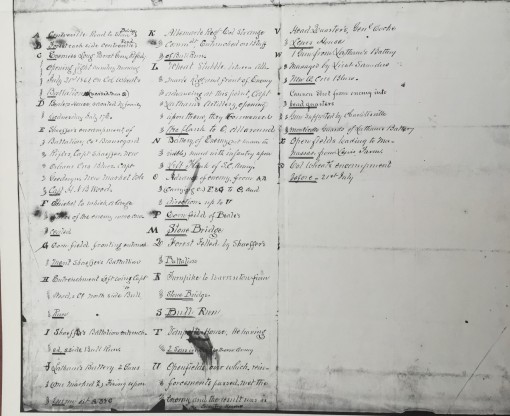“ The third and final volume of David A. Powell’s history of The Chickamauga Campaign – Barren Victory: The Retreat into Chattanooga, the Confederate Pursuit, and the Aftermath of Battle, September 21 to October 20, 1863, has been released by publisher Savas Beatie. (You can find my notes on the first two volumes here and here.)
The third and final volume of David A. Powell’s history of The Chickamauga Campaign – Barren Victory: The Retreat into Chattanooga, the Confederate Pursuit, and the Aftermath of Battle, September 21 to October 20, 1863, has been released by publisher Savas Beatie. (You can find my notes on the first two volumes here and here.)
This completes the most thorough history of the campaign to date. Volume III is a mixed bag, wrapping up the first two volumes and providing meat and potatoes statistics and research tidbits that all footnote readers will enjoy. The narrative portion of the book picks up on the morning of September 21, with both armies dealing with the immediate effects of defeat and victory. Three chapters follow both armies to the environs of Chattanooga. Two chapters discuss the costs and consequences of the campaign, and appendices deal with rear guard cavalry action in The Last Clash at Chickamauga and the relationship between William Rosecrans, James Garfield, and Charles Dana.
Then the fun begins. In a manner reminiscent of Joseph L. Harsh’s wonderful Sounding the Shallows, Powell offers the reader insight into both the numbers of the thing and the researching and writing process itself. Five appendices include: Union Order of Battle; Union Losses; Confederate Strength with Sources and Methodology (arranged in Order of Battle format); Confederate Losses (Powell provides the most detailed and complete look at Confederate numbers and losses to be found); and a Return for Polk’s Corps for October 22, 1863.
These are followed by a magnificent 85 page (!) bibliography. Powell’s extensive use of newspaper accounts from all points of the compass is impressively displayed. The different contemporary newspapers from which he drew number approximately 150!
The whole book is complimented with bottom of the page, detailed footnotes (with the exception of the Union OOB through Confederate Losses appendices which employ end-notes for purposes of style).
This is a great capstone to Powell’s take on the Chickamauga campaign (and let’s not forget his Campaign Atlas and his iconoclastic look at Confederate cavalry during this time, Failure in the Saddle). Don’t miss it.














Recent Comments